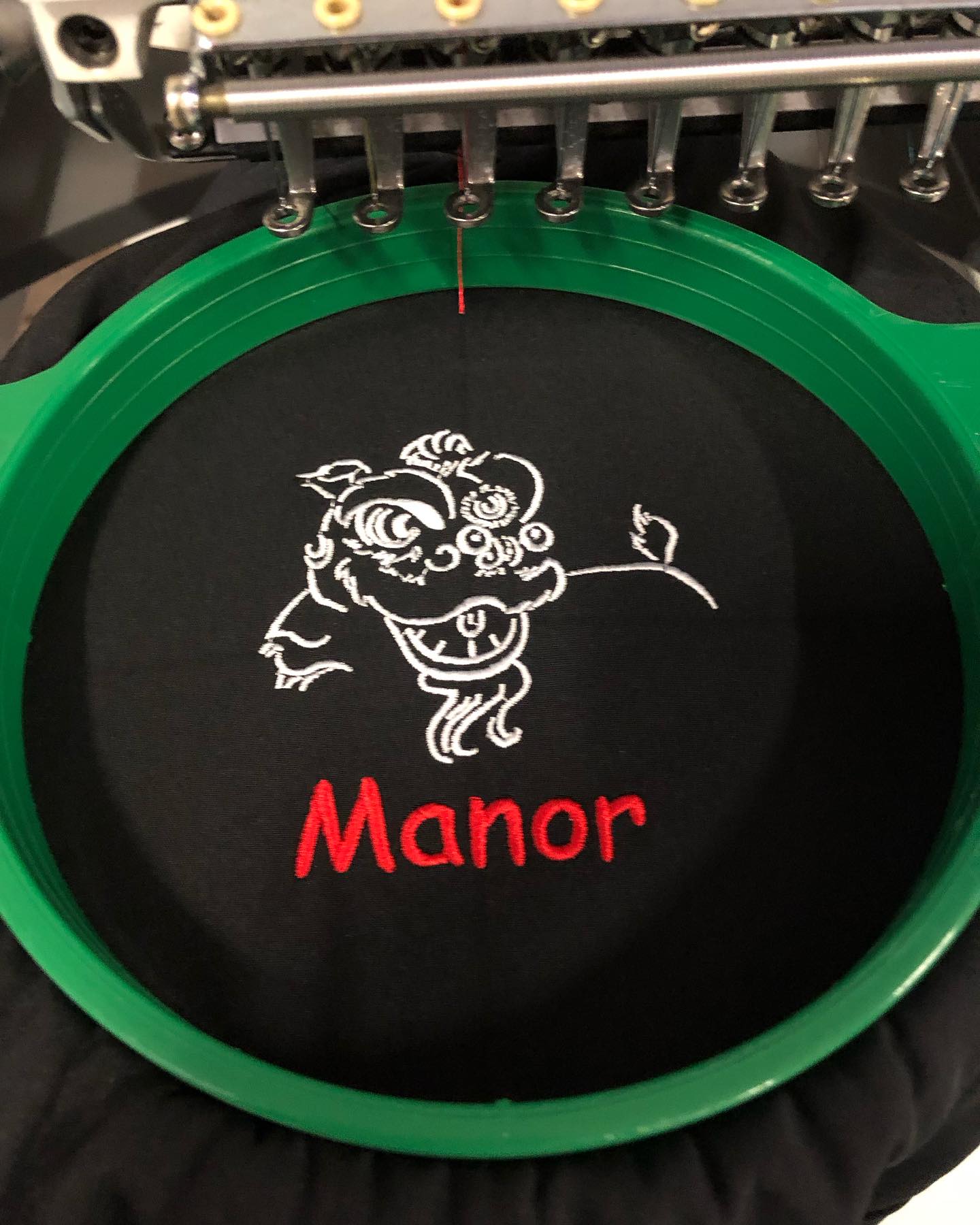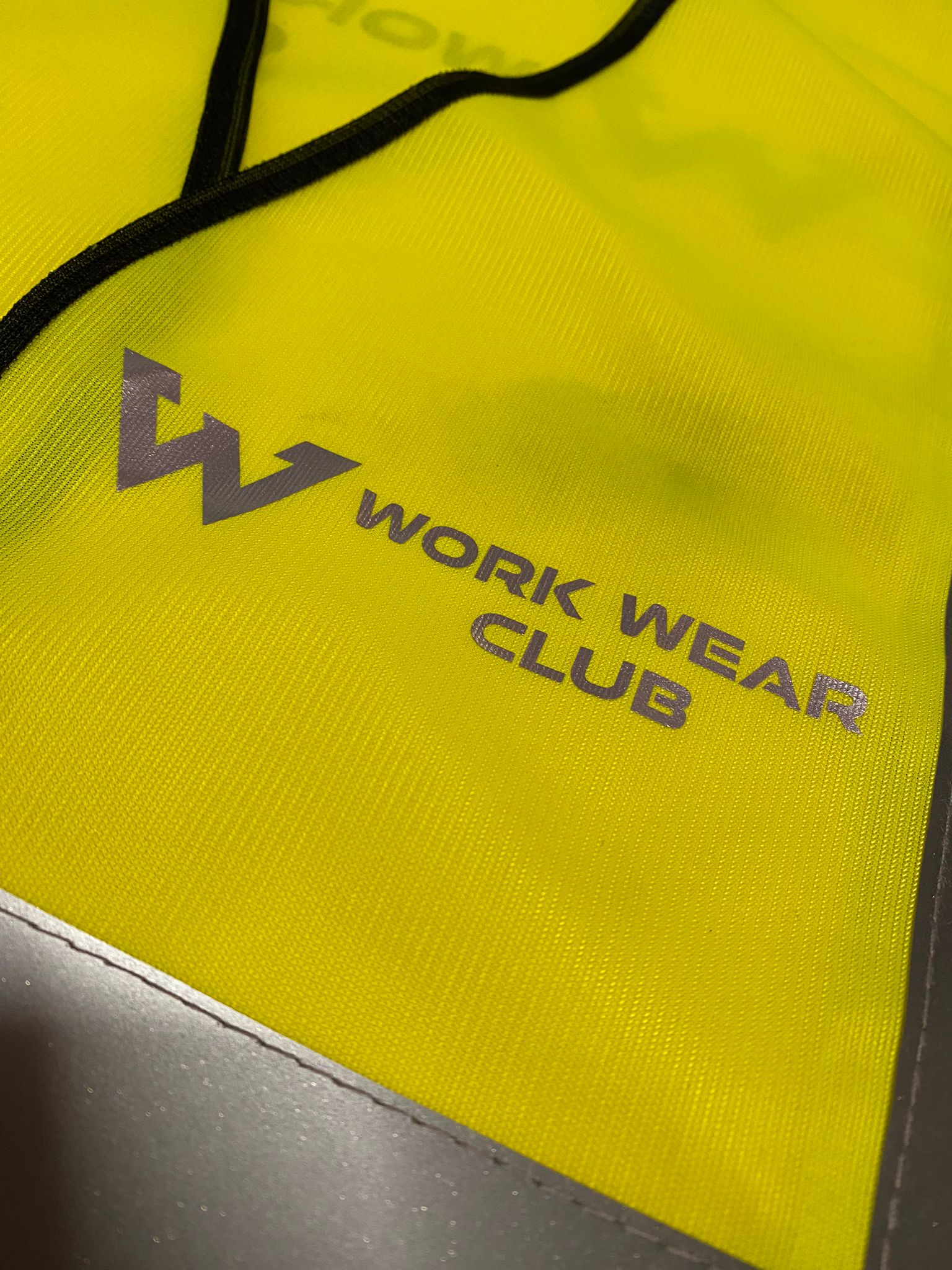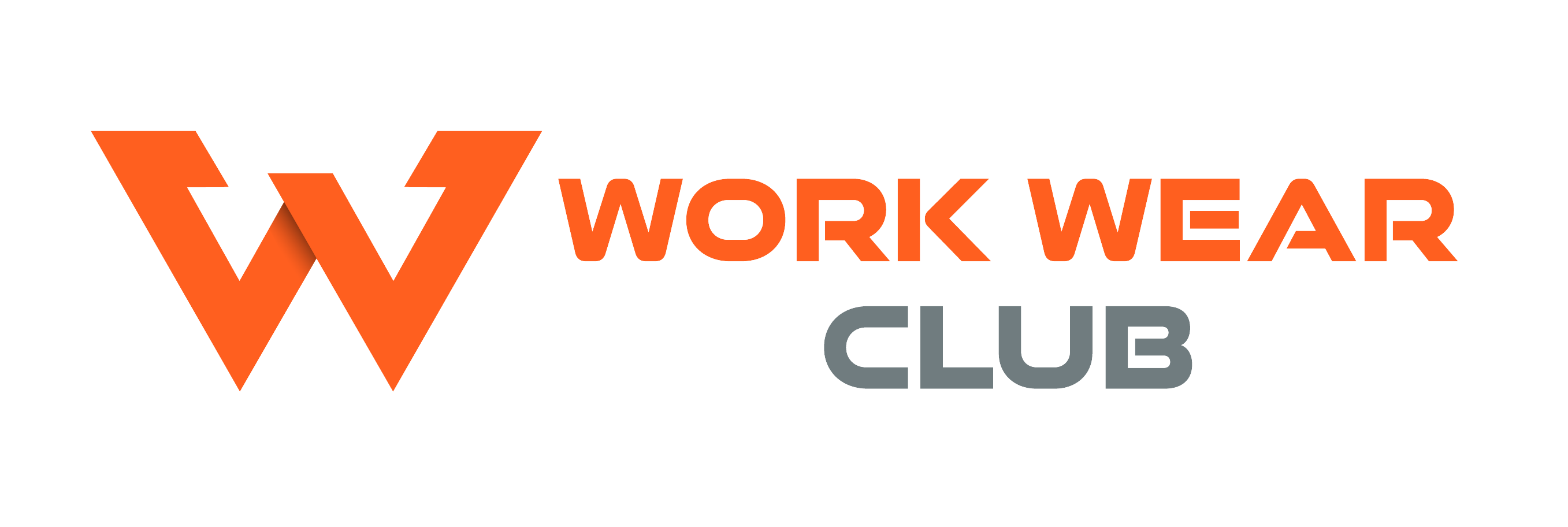Understanding the Differences Between Embroidery and Printing
28th Mar 2024
We get this question all the time. Clothes with an embroidered design or emblem are referred to as embroidery. Printing is the process of physically printing a logo or pattern onto a garment.
Both embroidery and printing have advantages and disadvantages. The differences between the two are outlined in this brief essay to assist you in choosing the one that is best for you.
EMBROIDERY
For creating logos on heavier clothing, such polo shirts or jumpers, embroidery works well. Clothing embroidered designs are robust and long-lasting. Although embroidery may be more expensive than conventional printing, it is nonetheless more affordable due to its durability. We suggest printing over embroidery for larger patterns. It is important to keep in mind that not every design is appropriate for needlework. Steer clear of strong gradients and overuse of complex colour palettes for optimal outcomes.

PRINTING
For promotional or advertising purposes, printing is frequently preferred. This is due to the fact that it is less expensive and more capable of handling intricate artwork than embroidery. Printing can handle brighter colours and larger graphics more effectively. The reason printing is used so frequently in advertising is that it tends to stand up much better than needlework. Using printing for T-shirt graphics makes sense. When done correctly, a printed logo on business clothing is classy and sophisticated. On low GSM T-shirts, some individuals prefer printing over embroidery because the latter might pull the fabric. Printed clothing is quite affordable and is frequently purchased in large quantities. Embroidery is not the best method for printing intricate or hand-drawn designs.

COMMON PURPOSES FOR T-SHIRT PRINTING
Printing on t-shirts is perfect for promotional events. They are an excellent tool for drawing attention to your cause or business. Customised apparel serves as a moving billboard. Due to the inexpensive cost of T-shirt printing, it is frequently purchased in bulk. T-shirt printing is well-liked by charitable organisations and companies. It's also frequently utilised for holidays, hen parties, and stag nights. The print on t-shirts is typically bolder, bigger, and more "in your face." The T-shirt's goal is to draw attention to the cause or organisation it supports and to get people talking. Unlike stitching, printing enables for more intricate designs.
COMMON APPLICATIONS OF EMBROIDERY
A thicker, high-quality shirt, like a sweatshirt, polo, or hoodie, is necessary for embroidery. This is because trying to embroider on a thinner garment could cause the cloth to pull. Embroidery is typically used for smaller graphics or logos. A lot of companies decide to use embroidery on their uniforms. This is due to the fact that stitching provides the item a more polished appearance and substantial feel. Embroidery is durable and unaffected by washing. Some contend that embroidery is far more economical than printing because of this. Long-lasting uniforms and clothing items ought to incorporate embroidery.
ARE YOU INTERESTED IN CUSTOM WORK WEAR?
Maintaining a consistent brand is essential for business success as an owner. Purchasing bespoke workwear and emblazoning your company name on conspicuous clothing can offer your company all these advantages and more! Work Wear Club will assist you in creating custom work wear with your logo on it! Get in touch with us to request an estimate for your custom work wear needs- https://workwearclub.co.uk/ . Or send email to our team at info@workwearclub.co.uk or call 0203 887 0364 today.

 British Pounds
British Pounds
 United Arab Emirates Dirham
United Arab Emirates Dirham
 Australian Dollar
Australian Dollar
 Canadian Dollar
Canadian Dollar
 Euro
Euro
 FREE UK DELIVERY ON ALL ORDERS OVER £75
FREE UK DELIVERY ON ALL ORDERS OVER £75




